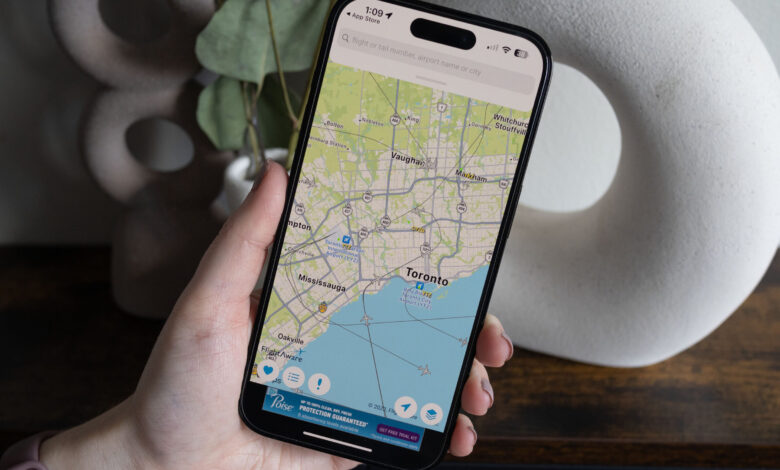North American Free Roaming Zone May Not Happen, New Report Reveals

Exploring Roaming Challenges in North America
A recent study from McGill University’s Max Bell School of Public Policy has examined the wireless markets in Canada and the United States. The findings indicate that creating a shared roaming network similar to what exists in Europe is unlikely due to significant differences between these countries. However, the research does highlight some potential strategies for reducing roaming costs for Canadians.
The Imbalance of Cross-Border Travel
While a free roaming zone encompassing Canada, the U.S.,and Mexico would be a dream come true for travelers,there are essential issues at play. One key aspect of European roaming laws is that cross-border travel tends to be fairly balanced among nations. In contrast, travel patterns between Canada and the U.S. show a clear imbalance; more Canadians visit their southern neighbor than vice versa. According to statistics from 2024, around 39 million Canadians traveled to the U.S., while only about 23 million Americans made their way north.
This trend has been further complicated by current events; fewer Canadians are heading south this year due to ongoing trade tensions initiated during Donald Trump’s presidency.
The Roadblocks Ahead
Given these challenges and the need for political agreement among all three countries, establishing a unified roaming zone seems distant at best. the upcoming renegotiation of the Canada-United States-Mexico Agreement (CUSMA) could have served as an opportunity to discuss this idea with both Mexico and the U.S., but researchers believe that most discussions will focus on pressing issues like tariffs and trade disputes instead.
Understanding High Roaming Costs
The study reveals that high roaming fees stem less from wholesale rates set by American carriers and more from Canadian telecom companies imposing hefty markups on those rates. While this isn’t ideal news for consumers, it does suggest that regulatory bodies like CRTC could influence changes in pricing structures.
Canadians Face Steep Roaming Fees
The report indicates that Canadians endure some of the highest international roaming charges globally. Interestingly, it also found that about 65% of Canadian users choose their roaming options based on convenience rather than cost-effectiveness. This means many people stick with their carrier's default plans despite other affordable alternatives available through providers like Public Mobile or Freedom Mobile or even cheaper eSIM cards designed specifically for travelers.
A Call for Action: Openness is Key
To tackle these issues effectively, one advice is for CRTC to initiate formal proceedings regarding international roaming rates—a step they seem poised to take already as they investigate current costs associated with mobile services abroad.
An essential next step involves making pricing clearer so consumers can see how much they’re being charged when using their phones outside canada. If telecom companies are considerably marking up prices without justification, revealing this facts could spark competition among providers—perhaps driving down costs closer to actual wholesale prices.
Revisiting How Roaming Options Are Presented
The paper also suggests reevaluating how carriers market their various plans related specifically to international usage sence many customers may not fully understand all available choices when crossing borders into different countries.
Pursuing Legislative Solutions if Necessary
If voluntary measures fail or prove insufficient over time—more direct legislation regulating these fees might become necessary despite likely pushback from major telecom players who benefit financially under current arrangements.
For instance, Bell recently launched campaigns against certain CRTC decisions affecting fiber internet access regulations—indicating strong resistance within industry circles toward any changes perceived as unfavorable by service providers themselves!
A Centralized Resource Could Help Travelers Save Money
An intriguing proposal mentioned in this research includes creating an official website where Canadians can easily compare eSIM card options tailored specifically towards frequent travelers across North America—a centralized platform would ensure consistency nationwide while promoting awareness about alternative solutions beyond traditional carrier offerings!
Diving Deeper into global Comparisons
This thorough report delves into various topics such as Australia’s National Broadband Network alongside detailed charts comparing Canadian versus global pricing trends—which makes it worth checking out if you’re interested!
You can find more details in McGill University's full report titled “Considering The Creation Of A North American roaming-Free Zone.”
And don't forget! NoveByte might earn a little pocket change when you click on our links, helping us keep this delightful journalism rollercoaster free for all! These links don’t sway our editorial judgment so you can trust us! If you’re feeling generous support us here.





